CO-FARM:
A Community Food Sovereignty Model
To help achieve food sovereignty, the Colorado Blueprint to End Hunger aims to create CO-FARM, the Community Food Assessment and Resiliency Model. It aims to draw upon contemporary best practices and collective wisdom already being implemented to support existing and future community-driven food systems that emphasize ecological soundness, community values, and sustainable methods.
CO-FARM will be a tool that helps communities create their own vision for a localized food system by considering factors like:
Goals of CO-FARM
CO-FARM aims to provide real-world estimates on the capital investments needed to build a local food system, where those investments should be made, and what diets and population sizes the system can support. We want to create roadmaps for communities to rally around, identify capital costs, and calculate the return on investment from community-owned retailers acting as social enterprises.
CO-FARM will be an open-source resource, consolidating knowledge from urban and rural farms, local food processing initiatives, and community nonprofit retailers across Colorado into a scalable model that’s dynamic and adjustable based on the identity and strengths of different communities.
Timeline for Action
About the Research Team
Laura, Jodie, and Ezra (from left to right)
CO-FARM is led by Joël McClurg, the Blueprint’s Executive Director of Systems.
He’s working closely with Master’s of Environment (MENV) candidates at the University of Colorado—Boulder. The involved candidates include Ezra Pira, Jodie Popma, and Laura Fishburn, with supervision from Damien Thompson of the MENV program.
They’re currently conducting a literature review, alongside outreach to relevant partners and other collaborators across the state, to better understand the key elements, barriers, and opportunities for resilient community food systems in Colorado. Additionally, they’re reviewing tools already in use to ensure CO-FARM will fill existing gaps without creating redundancy.
In the fall of 2024, they’ll present the Blueprint with two reports: 1) a research framework that synthesizes information from the literature review and partner outreach, and 2) a tool analysis, outlining the key features that CO-FARM should include.




